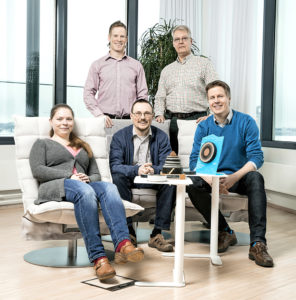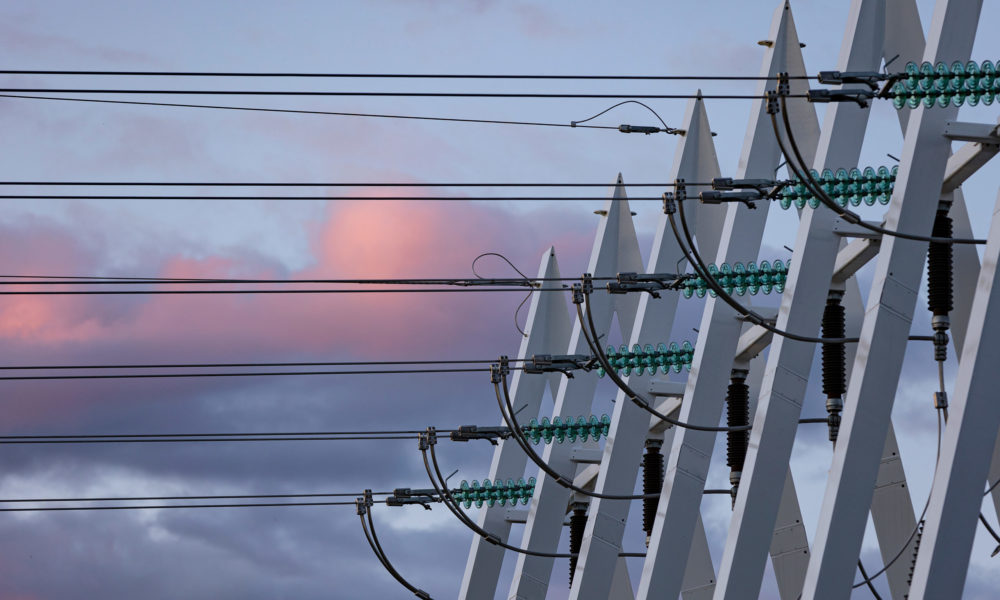Fingrid is responsible for the Finnish segments of the four HVDC connections linking Sweden, Estonia and Finland. The Fenno-Skan 1 and 2 submarine cables between Finland and Sweden provide the electricity market with 1,200 MW of cross-border transmission capacity, while the EstLink 1 and 2 submarine cables between Finland and Estonia provide 1,000 MW. The connections account for more than half of Finland’s total cross-border transmission capacity to Sweden and Estonia.
“A year ago, we made significant changes into the way we work with HVDC. We modified the internal process and procedures and established a separate HVDC unit, which primarily takes care of development, planning and coordination work and is responsible for collaboration with our partners. The objective was to make activities more efficient, with a special focus on reducing the number and duration of disturbances. Disturbances in HVDC connections may effect substantially the electricity market and the price of electricity, so we felt that it was of highest priority to bring those numbers down,” explains Tuomas Rauhala, HVDC unit manager.
HVDC cable expert Jussi Rantanen provides support and information concerning cables operation, technology and maintenance, leads development projects and compiles cable-related contracts. He explains how the results were achieved.
“The resource situation in HVDC operations improved when two new members were added to our team, and we clarified the division and scheduling of work and the targets. This allows us to focus more on developing and planning our activities. An internal engineer-in-duty system was launched at the same time, and now one of our HVDC experts is always ready to react to disturbances on a 24/7 basis. The maintenance contracts for HVDC substations were also updated to include similar on-call readiness from service providers. The separate HVDC maintenance contract provides our service providers also a great opportunity to develop their skills and ability to maintain and operate the HVDC substations better. Switching schedules have also been harmonised between the countries,” says Rantanen.
The results speak for themselves.
“We cut the number of disturbances in half and the total duration of outages decreased to less than 10% of the average from revious years. When examining this impressive result, it is important to remember that each year is different and we had some luck during the past year as there were no extremely challenging fault repair needs,” continues Rantanen.
Centralised service work, more cooperation
HVDC maintenance contracts ensure that expert services are available for scheduled maintenance work and unexpected fault situations. The service providers have 24/7 readiness to begin disturbance clearance and travel to an HVDC substation. When needed, the service providers have available the special expertise of the equipment manufacturer.
HVDC substation expert Harri Nurminen is responsible for the new HVDC maintenance contracts and leads the Fenno-Skan substation group.
“We shorten the outages needed for maintenance work by optimising and planning them better. Our next target is to further develop service programmes and harmonise them in cooperation with the other end owners. Our target is to perform all annual maintenance work that requires an outage in a single maintenance period, also utilizing weekends. This shortens the total length and impacts of the outages. We do service work simultaneously at both ends, and this requires cooperation and coordination,” states Nurminen.
Rauhala sees quick reaction to be the key in reducing the impacts of disturbances in HVDC connections.
“The on-call system makes it possible to react to a disturbance immediately. The additional resources mean that we can take the right actions to deal with root-causes right away. The new contracts mean that our experts have more time to specify and carry out those actions.”
Good cooperation and information flow between Finland, Sweden and Estonia is of utmost importance.
“We compare and develop practices and apply the best of them together. Our target is for cross-border connections to serve the needs of the electricity market as well as possible. In this manner, we contribute to minimising the differences between electricity prices in the Nordic countries,” says Rauhala.







